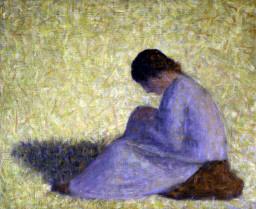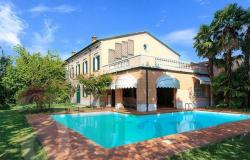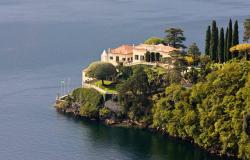Milan is hosting Italy's first ever exhibition on the Neo-Impressionists, whose exploration of pure colour produced a series of brilliant paintings at the end of the 19th century.
The show in Palazzo Reale features key works by the main figures of the movement, which flourished from the mid-1880s until 1910.
Around 100 works are on display, starting with the earliest paintings by Georges Seurat and Paul Signac, who were the driving force behind the movement.
The Neo-Impressionists had their roots in Impressionism but shifted their focus away from the latter's fascination with light towards line and colour.
Like Italy's Divisionist movement, the Neo-Impressionists invented a technique that used tiny dots of pure colour to create an image that could only be perceived by standing back from the work.
Signac famously compared the ethos to the music produced by an orchestra:
''In order to listen to a symphony, you don't sit in the middle of the orchestra, but in the position where the sounds from the various instruments mingle, creating the harmony desired by the composer,'' he wrote.
''Similarly, faced by a 'divided' painting, it is best to first stand at a sufficient distance in order to absorb the whole, before moving closer to study the chromatic effects up close''.
Seurat and Signac first exhibited works in this new style at an 1884 exhibition in Paris but the term Neo-Impressionism was only coined by an art critic three years later.
Rather than painting outdoors and capturing the sense of a moment in time as the Impressionist did, the Neo-Impressionists generally worked indoors and produced slow, thoughtful and careful pieces.
The movement attracted most followers in France and Belgium, reflected in the balance of work on display, with paintings by Albert Dubois-Pillet, Henry van de Velde, Willy Finch, Johannes Theodorus Toorop, Theo van Rysselberghe' George Morren, Maximilian Luce, Constantin Meunier, Georges Lenunen and Louis Hayet, among others.
However, there are also works by Italian artists Giacomo Balla, Luigi Russolo and Gaetano Previati, who were part of the parallel Divisionist movement that flourished in the years before Futurism.
The exhibition runs in Milan until January 25.



